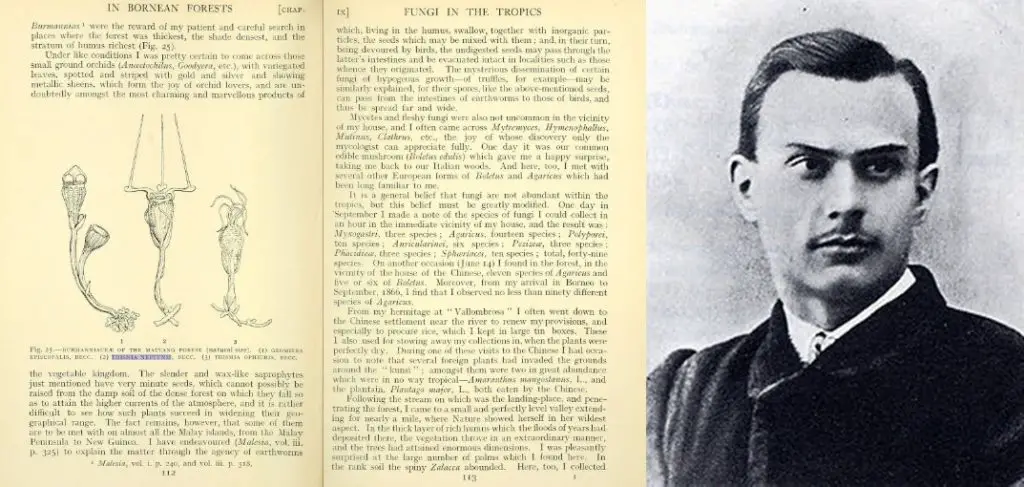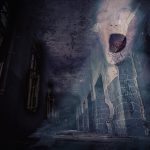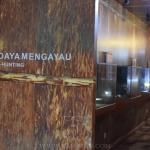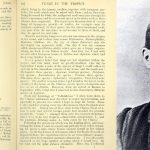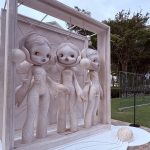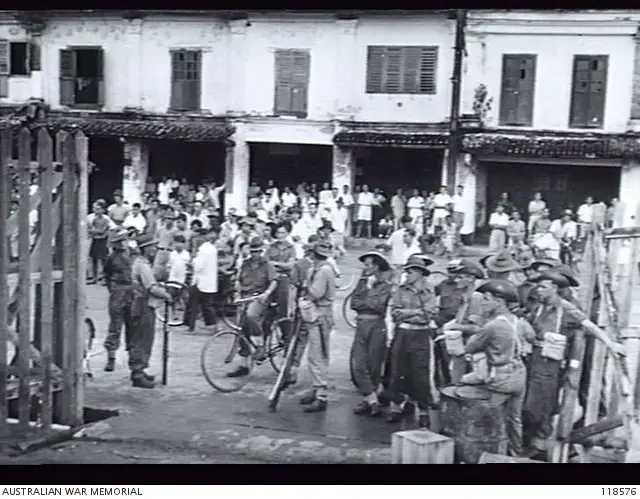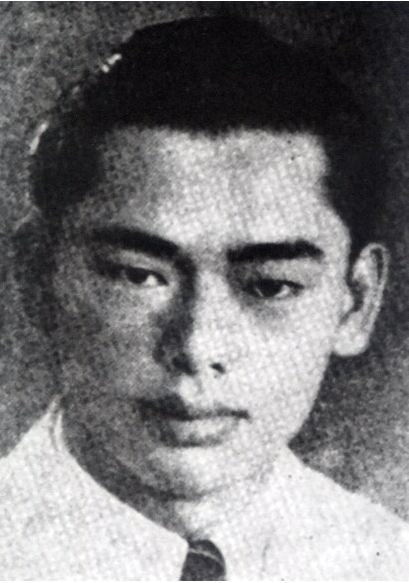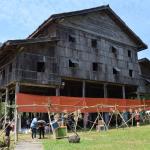Odoardo Beccari (1843-1920) might be an unfamiliar name among Sarawakians today but more than 100 years ago he was here in Sarawak documenting our plants.
Originally from Florence, Italy, he went to school in Pisa and Bologna.
After his graduation, Beccari spent his time at Royal Botanic Gardens, Kew.

It was there he met with fellow naturalist Charles Darwin and the first white Rajah of Sarawak James Brooke.
Thanks to his friendship with Brooke, he was able to his spend 3 years in Borneo from 1865 and 1868 .
Odoardo Beccari and Kubah National Park

Together with another Italian naturalist Giacomo Doria, they travelled extensively throughout Sarawak up to Brunei.
He set up a research hut at the slopes of Mount Matang. Beccari named it Vallombrosa after a Benedictine abbey near his hometown of Florence.
Beccari recorded his experience in his book Wanderings in the great forests of Borneo, travels and researches of a naturalist in Sarawak (1904).
After his stay in Sarawak, Beccari called for preservation of species and conservation of biodiversity in the region.
The Rajah then established a water catchment preserve in Mount Matang which is now part of Kubah National Park.
Apart from Mount Matang, Beccari also visited Peninjau Hill and described many of the plant species there.
Odoardo Beccari and the corpse flower
The world of environmental biologists and naturalists mostly recognised Beccari as the man who discovered the corpse flower.
He was the first one who scientifically described the plant in 1878 during his stay in Sumatra.
The corpse flower or its scientific name Amorphophallus titanium is considered the world’s largest unbranched inflorescence.
The plant is called bunga bangkai in Malay which means “corpse flower” due to its rotting smell.
A rediscovery after 150 years
In 2017, Beccari made headlines in scientific magazines after more than 100 years of his death.
The story went that in 1866, he discovered Thismia neptunis in the mountains of Matang.
Endemic to Malaysia, the plant is a myco-heterotroph, meaning it obtains nutrients through a parasitic relationship with fungi.

Beccari then formally described the plant a few years later in 1878. Since nobody had ever seen it, it was thought that the plant had become extinct.
That was the case until January 2017, a group of researchers from the Czech Republic took a photograph of it in the same region where Beccari found it more than a century ago.
Perhaps the reason why this plant is difficult to spot is the fact that it doesn’t bloom every year.
And when it finally does, the flower appears above the soil only for a few weeks.
On top of that, Thismia neptunis actually lives underground.
In 2013, Sarawak Forestry Corporation organised a “Vallombrosa Walk” taking visitors to Beccari’s field station Vallombrosa or at least what was left of it.
The walk also took visitors to the remnants of two temples and a chapel built during Beccari’s time in the area.
Reportedly, a Dayak hunter named Abi Bengali stumbled upon the ruin of one of the temples in 1960.
For now, there were no information on how to visit Vallombrosa published or no news of any efforts to preserve the area.
Nonetheless, interested visitors can view his botanical collection at Museo di Storia Naturale di Firenze and University of Florence as well as his travel notes at Museo Galileo in Italy.

